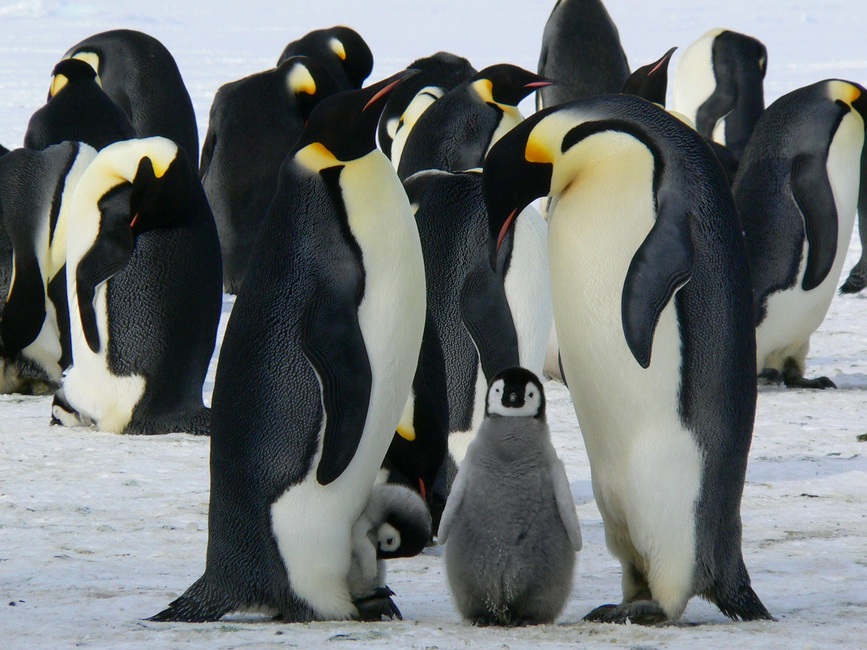Global Climate Change Projects and Programs for Students
FOR STUDENTS
At last count in 2016 our planet is the home to 7.5 billion people, and this number grows every year. All together people around the globe must take care of the Earth, but unfortunately, in most cases global climate change was caused by human activities, and even now they still remain as the main reason for the negative impact on the environment.

Greenhouse effect becomes more noticeable every day; the global average temperature increases, ice caps melt, the sea level rises, natural disasters occur more and more often and their destructive power heightens. Humanity needs to understand that actions we take today greatly influence the future of the Earth.
Only understanding of all risks of climate change and their impacts on our society, global and local actions and the desire to protect nature from destruction may bring great and effective results. Contemporary approach to environmental issues incorporates two main elements – environment education and practical activities to address environmental issues.
High quality climate education is an essential point in dealing with changes in the environment, as it helps to find roots of this or that problem, analyze them and prevent future errors made by young generations.
Educational projects and programs
Global Climate Change Education (GCCE) by NASA. This project is a Congressionally-directed one that focuses on improving research and education in global climate change by means of competitive awards that promote global climate change and Earth system science education at the main levels (elementary, secondary, and undergraduate). There are three goals that determine GCCE work: 1) Improve the teaching and learning about global climate change in elementary and secondary schools, on college campuses, and through lifelong learning; 2) Increase the number of people, particularly students of all ages, using NASA Earth observation data/NASA Earth system models to investigate global climate change issues; 3) Increase the number of undergraduate students interested in employment and/or entering graduate school in technical fields relevant to global climate change.
The Alliance for Climate Education (ACE) is a non-profit organization that offers a wide range of climate change education programs, basically oriented on high schools students across the USA, but ACE also collaborates with such reputed universities as Yale, George Mason University, and Stanford. They assess the effectiveness of ACE assembly education program.

In addition to these programs, there are many more large-scale projects; one of them is Climate Change Education for Sustainable Development program, provided by UNESCO. Its main aim is to show people and help them understand the impact of global warming today and increase “climate literacy” among young people.
Students’ projects that overcome climate change
Kirigami solar cells. The command from the University of Michigan created new type of solar batteries that capture up to 40% more energy than the conventional, flat solar panels. Researchers combined the ancient Japanese art of paper-cutting (Kirigami) with modern solar technologies and got more effective “wavy” solar batteries that are able to track the sun across the sky thanks to their unusual shape.
REECycle (Recycling rare earth elements to save energy and make money). Students at the University of Houston created profitable way of recycling neodymium and dysprosium, rare elements that are used in electric motors and wind turbines. Instead of finding new elements they found a method how extract these elements from trashed electronics, and then reselling them for profit.

KAir Battery. The invention of Ohio State University allows using bananas, or rather potassium they contain, to charge energy efficient batteries. Potassium (K) makes up the negatively-charged anode side of the battery. Porous, oxygen-rich carbon, which is positively-charged diode, pulls in more oxygen from the air as the battery is used to make potassium oxide (KO2). During charging the battery the KO2 breaks down and restore what was lost during usage.
California Wave Power Technologies. It provides using a carpet on the ocean floor to harness wave energy. Prof. Berkeley and his team at the University of California have created a flexible seabed carpet in order to use the ocean’s power and create hydraulic pressure. The carpet on double-acting pumps moves with the rhythm of the ocean, as a result, the pumps are compressed and then send hydraulic pressure through special pipes to an offshore power plant.


